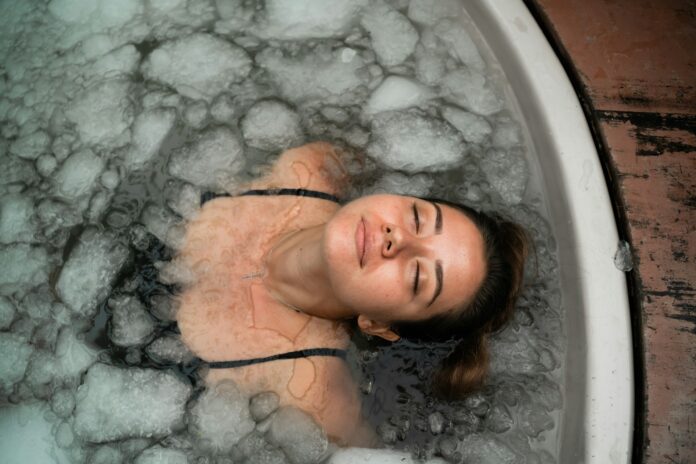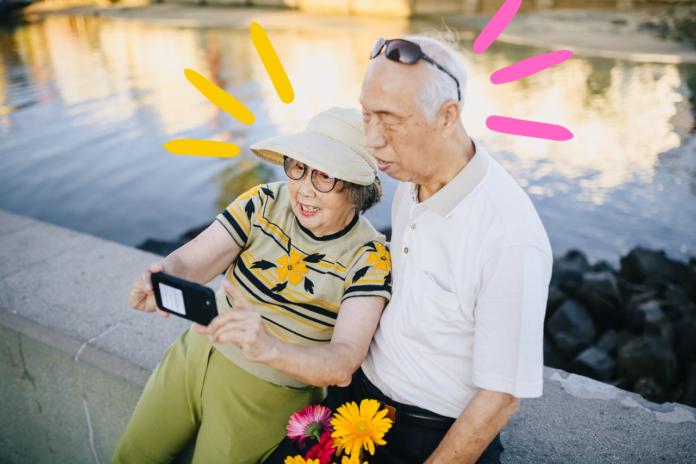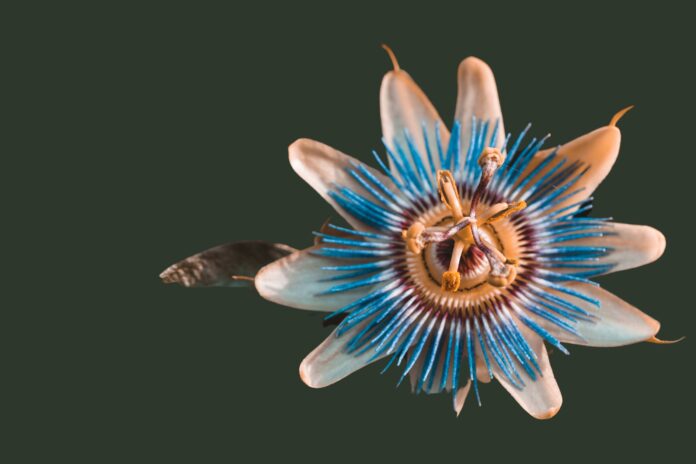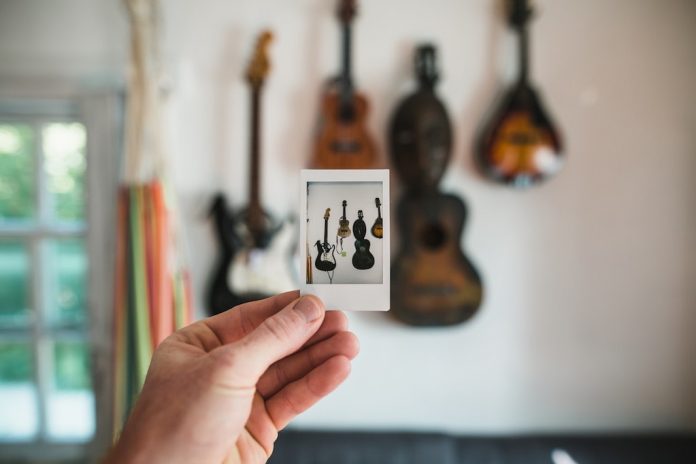If you’re looking to get rid of your old incandescent or fluorescent bulbs, switching to LED lights could be a smart choice. They’re efficient, long-lasting, and arguably easier on the environment.
What’s more, they tend not to be as expensive as other bulbs and can be purchased at nearly any home improvement store. The biggest advantage is their longevity and efficiency — LED lights use up to 80% less energy than incandescent or fluorescent bulbs. So, whether you’re concerned about rising energy bills or your home’s impact on the environment, here are 6 advantages of LED lights over traditional bulbs.
LED LIGHTS PROVIDE A LONG LIFETIME
LED is an acronym for “Light Emitting Diode”, which means it doesn’t have a filament that can burn out easily, with LED lighting able to last anywhere from 20,000 to 50,000 hours – over 5 times longer than incandescent and fluorescent bulbs. This means the increased efficiency of the LED bulbs will save over time – not just on your electric bill, but you won’t need to replace them as often due to burnout.
According to the US Department of Energy’s consumer resource Energy Saver, ‘’Residential LEDs…use at least 75% less energy, and last up to 25 times longer, than incandescent lighting.’’ When considering that the majority of domestic lighting is predicted to be LED by 2035, investing in these bulbs is also a wise investment in the future.
LEDS OPERATE ON A LOW VOLTAGE
As many LEDs operate on a low voltage, they are suitable for a range of environments, including use outdoors. They are also ideal for use in emergency situations where power supplies are limited, as they are less demanding of potentially scarce energy output.
Read: 6 domestic swaps to make your home greener
LEDS COME IN A WIDE RANGE OF SHAPES AND SIZES
The range of sizes that LEDs are found in is impressive. They come in many different shapes and sizes, including surface mount and almost any length imaginable. This is achieved by using SMD technology (Surface Mount Device) which allows the semiconductor chip to be placed directly on the circuit board without the necessity of wires or intricate soldering.
What this means is that LEDs can be deployed in versatile ways, including on top of vehicles. What’s more, as LED lights have a cool to the touch surface and have no heat production, this provides a safer environment as there is no burning or fire hazard involved.
You can find LED work light beacons that can be placed on the top of your vehicle that are capable of illuminating large areas and ensuring that you are seen when you need to be, making them a vital item for emergency rescue vehicles. Similarly, there are also stadium LED fixtures that can light up major events with ease. You can check those types of light out here.

LEDS CAN BE USED IN EXTREME CLIMATES
Due to their solid-state structure, LEDs work well in either extremely hot or extremely cold environments. This flexibility makes LEDs ideal for times when you absolutely need to have a reliable light source – such as in an emergency.
LEDS ARE SMALL IN COMPARISON TO TRADITIONAL LIGHTING SOLUTIONS
Due to an LEDs’ small size, they can be used in many applications previously unavailable to traditional lighting solutions. This means you can use them in new ways around your home.
LED LIGHTS ARE A SAFER CHOICE
Since LED lights don’t contain mercury and are less likely to break as they do not have a filament, they represent a potentially safer option than traditional bulbs. This makes them ideal for people who have children or pets in their home as mercury can be toxic, and is released when a traditional bulb is broken. Furthermore, their solid-state design makes the glass used in traditional bulbs redundant.
THE BOTTOM LINE
When you consider all of these advantages, it’s hard to understand why anyone would choose to go back to traditional lighting. In fact, LEDs are quickly becoming the go-to lighting solution for many interior designers, architects, and decorators.





